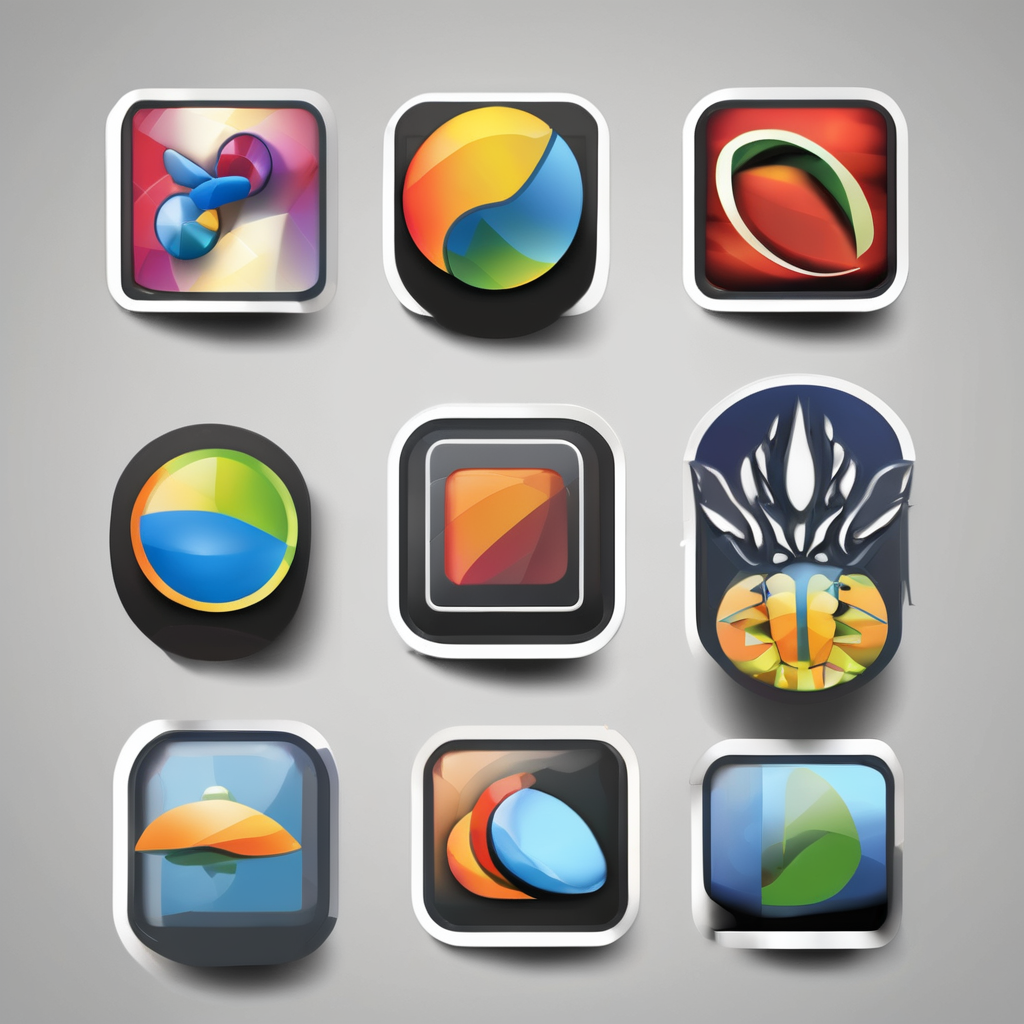Advancements in Pet Healthcare Technology in the UK
The landscape of pet healthcare technology UK is evolving rapidly, introducing new technologies in veterinary medicine that enhance both care quality and accessibility. Among these, telemedicine and digital innovation pets are transforming traditional veterinary practices. Telemedicine, including online vet consultations, provides pet owners with immediate access to professional advice without the stress of travel. This is particularly valuable for early diagnosis and continuous management of chronic conditions.
Wearable devices such as smart collars and health monitoring devices for animals are increasingly prevalent in the UK. These gadgets offer real-time tracking of pets’ vital signs, activity levels, and even behavioural changes. Such data empowers owners and vets to make proactive decisions regarding preventive healthcare.
Additional reading : How Can You Ensure Your Pet’s Well-Being While Traveling in the UK?
AI diagnostics pets UK is another groundbreaking area. Artificial intelligence tools help clinics improve diagnostic accuracy and speed, utilising digital pathology pets to analyse samples with precision beyond human capabilities. Collectively, these advancements signal a significant shift towards a more connected, data-driven approach in UK veterinary medicine. Veterinary practices benefit from streamlined workflows, while pet owners enjoy enhanced health outcomes and peace of mind through technology-enabled care.
Telemedicine and Remote Veterinary Services
Exploring telemedicine pet care UK reveals a transformative shift in how veterinary services are delivered. Telemedicine pet care UK offers pet owners unparalleled accessibility through online vet consultations that remove geographic and time constraints. This convenience is especially impactful for those managing multiple pets or living in rural areas where vet clinics can be far.
This might interest you : What should you consider when adopting a pet in the UK?
How does telemedicine improve early diagnosis in pet care? Telemedicine pet care UK enables quick communication with veterinary professionals who can assess symptoms promptly via video or chat. This immediate access often leads to faster interventions, potentially preventing complications. Moreover, ongoing treatment plans benefit from continuous remote monitoring, reducing stress for both pets and owners.
Remote veterinary services now form a crucial part of the pet healthcare technology UK landscape. By embracing new technologies in veterinary medicine, these services improve not just accessibility but also the quality of care. Veterinary professionals use remote tools to track progress, adjust medications, and provide tailored advice without requiring frequent in-person visits. As a result, pet owners gain peace of mind, knowing expert guidance is always at hand through digital innovation pets techniques.
In summary, telemedicine pet care UK is driving a more responsive, connected, and efficient approach to pet healthcare that aligns with modern lifestyles and needs.
Role of Wearable Devices in Monitoring Pet Health
Wearable technology has become a cornerstone of pet healthcare technology UK, offering innovative ways to monitor animals closely. Popular pet wearables UK include smart collars pets equipped with sensors that continuously track vital signs such as heart rate, temperature, and activity levels. These devices transmit real-time data to owners and vets, enabling proactive health management.
How do health monitoring devices for animals improve preventive care? By detecting subtle changes in behaviour or physiology, these wearables help identify early symptoms of illness or distress before visible signs appear. For example, a drop in activity or irregular heartbeats flagged by smart collars pets can prompt timely veterinary consultation, reducing the risk of serious health issues.
In chronic condition management, wearables provide ongoing monitoring without stressful clinic visits, improving comfort for pets and convenience for owners. The integration of these devices with mobile apps means pet owners stay informed and empowered to participate actively in their pets’ health.
Overall, the infusion of pet wearables UK and health monitoring devices for animals represents a major advance in digital innovation pets, fostering a close partnership between technology, veterinarians, and pet families for enhanced wellbeing.
Artificial Intelligence and Diagnostic Innovations
Artificial intelligence is reshaping pet healthcare technology UK by enhancing diagnostic capabilities across veterinary clinics. The use of AI diagnostics pets UK enables faster and more accurate detection of diseases. How does this work in practice? AI algorithms analyse medical images, lab results, and patient history to identify patterns often missed by human eyes. For instance, digital pathology pets apply AI to microscopic tissue analysis, reducing human error and speeding up diagnosis times.
These advances not only improve disease identification but also assist vets in creating targeted treatment plans. Clinics adopting artificial intelligence vet medicine report fewer diagnostic delays, which means quicker interventions and improved outcomes for pets.
Integrating AI streamlines workflows by automating routine tasks, freeing veterinary professionals to focus on complex cases and personalised care. UK practices utilizing this technology benefit from enhanced precision and efficiency, raising overall medical standards.
As digital innovation pets continue to evolve, AI promises expanding roles, from predictive analytics for chronic illness management to enriching telemedicine pet care UK services. This transformation highlights the potential of AI diagnostics pets UK to empower vets and pet owners alike with superior decision-making tools rooted in data-driven insights.
UK Regulations and Standards for Pet Healthcare Technology
In the evolving landscape of pet healthcare technology UK, compliance with robust regulations is essential. Key regulatory bodies such as the Royal College of Veterinary Surgeons (RCVS) and the Department for Environment, Food & Rural Affairs (DEFRA) oversee standards that govern veterinary technology compliance UK. These regulations ensure that new technologies in veterinary medicine, including telemedicine platforms and digital innovation pets devices, meet strict safety and efficacy criteria before widespread clinical adoption.
What are crucial compliance requirements in UK pet healthcare regulations? They primarily focus on safeguarding data privacy, ensuring secure handling of sensitive pet and owner information. Veterinary clinics must adhere to protocols aligned with the UK’s data protection laws, preventing breaches in digital innovation pets systems. Additionally, there are safety standards to ensure technology devices like wearables and AI diagnostics pets UK tools do not harm animals or compromise veterinary workflows.
Ensuring ethical use under the RCVS guidelines means veterinary professionals in the UK maintain responsibility for the technology’s appropriate application, balancing innovation benefits with patient welfare. This regulatory framework supports trust among pet owners, veterinarians, and developers, reinforcing quality and safety across the expanding ecosystem of pet healthcare technology UK.
Advancements in Pet Healthcare Technology in the UK
Significant strides have been made in pet healthcare technology UK, reflecting the integration of diverse new technologies in veterinary medicine. Telemedicine, wearable devices, and AI diagnostics together lead this transformation. Telemedicine enables remote consultations, reducing geographical and time barriers, while wearables like smart collars capture continuous health data. AI diagnostics further enhance precision, analysing complex medical data swiftly.
How do these advancements improve veterinary practice and pet care? For clinics, the integration of digital innovation pets streamlines workflows, allowing veterinarians to diagnose and treat with greater speed and accuracy. Pet owners benefit through more accessible, proactive care—early detection of illnesses, personalised treatment plans, and reduced stress from fewer in-person visits.
The synergy among telemedicine, wearable technology, and AI illustrates how new technologies in veterinary medicine support a more connected healthcare ecosystem. These tools empower vets with valuable data and foster informed decision-making. Pet owners gain reassurance, knowing technology augments traditional care with continuous monitoring and rapid insights.
By embracing these digital innovation pets, the UK’s pet healthcare sector not only improves outcomes but also sets a dynamic foundation for future advancements and more responsive veterinary services.
Advancements in Pet Healthcare Technology in the UK
The integration of new technologies in veterinary medicine is transforming pet healthcare technology UK with remarkable speed. Beyond telemedicine, wearables, and AI diagnostics, the sector is witnessing continuous innovation that enhances diagnostic precision, treatment effectiveness, and pet monitoring capabilities. These digital innovation pets tools collect comprehensive data sets—from vital signs to behavioural trends—enabling vets and owners to detect health issues earlier and tailor interventions more closely to individual needs.
For veterinary practices, these advancements streamline workflows by automating routine processes and improving communication with pet owners. This leads to faster decision-making and reduced diagnostic uncertainty. Meanwhile, pet owners benefit from greater accessibility to expert care, especially in remote areas, and enjoy increased peace of mind through real-time updates.
Importantly, the multi-dimensional approach combining telemedicine, smart collars, and AI diagnostics showcases how pet healthcare technology UK is evolving into a cohesive ecosystem. This supports preventive medicine, chronic condition management, and acute care with enhanced accuracy and responsiveness. The current trajectory suggests that adopting such digital innovation pets solutions is essential for veterinary professionals aiming to elevate standards and meet modern pet health demands effectively.



